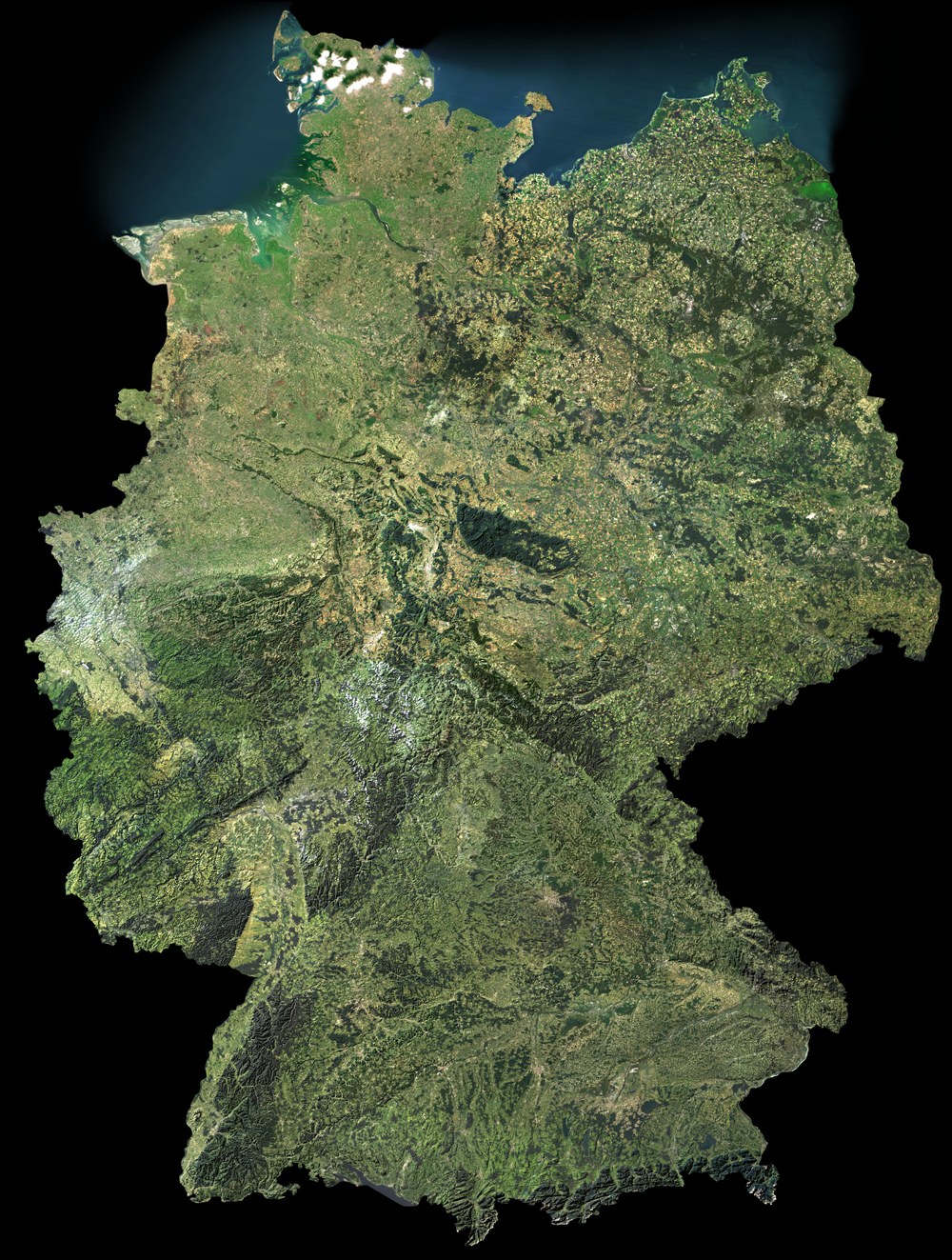40 Years DFD – Beginning the Analysis of Remote Sensing Data
by Hon.-Prof. Dr Rudolf Winter, DFD Remote Sensing Applications department head from 1980 until 1996

Looking back to 1978, I see a particularly competent team in Oberpfaffenhofen successfully taking in hand the brand-new topic of the digital image processing of remote sensing data. It was almost a Silicon Valley atmosphere. The point of departure was image data from the successful earth observation satellites Landsat (from 1972 on) and Spot (from 1986).
At the time, computers were only inadequately equipped to handle the flood of data. In the beginning there were only small process computers, which of course meant learning their particular languages. A single Landsat scene did not fit on a hard disk, so first it had to be laboriously loaded onto tape. Then a computer for image processing was designed in a hurry at GSOC, and when the pressure became too great a VAX was purchased despite the expense. That was a far-sighted investment by our director, Winfried Markwitz.
Now developments moved faster. The universities were quite interested in this new topic. We not only lectured at various universities, masses of postgraduate students came who wanted to work on related theoretical or practical aspects. Again, our foresighted director arranged for an investment in a training lab. There were six workplaces in the resulting DFD “imaging processing lab” for users, as well as a workplace for controlling the so-called master console. In a series of training courses, the methodology behind digital image processing was transmitted. The general public was also increasingly interested in the data, so the director had a bulk data storage system installed.
After German unification the logical thing to do was use the Landsat data to publish a wide-coverage atlas of Germany. Cloud-free image data were chosen to the extent possible, pleasing colors were added, and above all the data were corrected for map projection. The first edition of 30,000 copies was quickly sold out and the house received 10% of the royalties.
The so-called DFD user seminars in Oberpfaffenhofen were particularly popular. Over 200 participants came to hear about the latest developments, which meant a great deal of work and preparation! But for DFD this also meant visibility and appreciation.
Already back then we had many visitors and visitor groups who had to be attended to, which did not suit everyone. But an institution that was partly financed by tax revenues has the obligation and responsibility to provide the public with information about its activities.
In 1996 Director Markwitz appointed Stefan Dech as my successor in the department for remote sensing applications, another farsighted and, as we can still see today, fundamental decision.
In closing, I want to express my gratitude for the prudent leadership and the competent performance of all my colleagues, on the whole always undertaken in a spirit of honest and harmonic collaboration.

